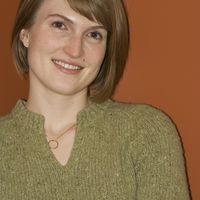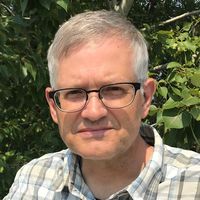There appears to still be confusion on the differences between the Project Boundary and the Lighting Boundary.
The Project boundary is the same as shown in every other credit. All lighting within the project boundary must show compliance with this credit's requirements.
The Lighting boundary often has a lot of overlap with the project boundary. But they are separate. The Lighting boundary can be moved out at roadways or to the entire campus. The lighting boundary exists for a single purpose. As a line to measure spill light at.
People who should know better are confusing the terms. Both the LEED Reviewer and now GBCI want "ALL" lights within the lighting boundary to show compliance. For a campus project, this is problematic and against official LEED Interpretations.
Created on October 1, 2012
LEED Interpretation
ID# 10236
"If the LEED project boundary is smaller than the property line, projects can use the lighting boundary to meet the light trespass requirements of this credit. Buildings that are part of campuses or shared properties can use the "campus boundary", i.e. the campus property line, to comply with the light trespass requirements of this credit. All LEED projects attempting SSc8 should continue to meet all exterior requirements (LPD, uplight, trespass) based all of the exterior luminaries within the LEED project boundary. The lighting boundary is only for the purposes of the trespass calculation, based on the light emitted by the luminaires within the LEED project boundary. Project teams should take note that the LEED project boundary must be appropriately defined and comply with Minimum Program Requirement (MPR) #3- "Must be a reasonable site boundary"."
GBCI Case 01680820
"The fundamental principle we are enforcing here is that ALL energy use within the LPB (or lighting boundary in this case) must be considered for LEED.
"We recommend that you revise your documentation such as to account for ALL luminaries contained within the lightning boundary established for your project, or to revise the lighting zone accordingly, and to provide proper justification for the same."







Add new comment
To post a comment, you need to register for a LEEDuser Basic membership (free) or login to your existing profile.